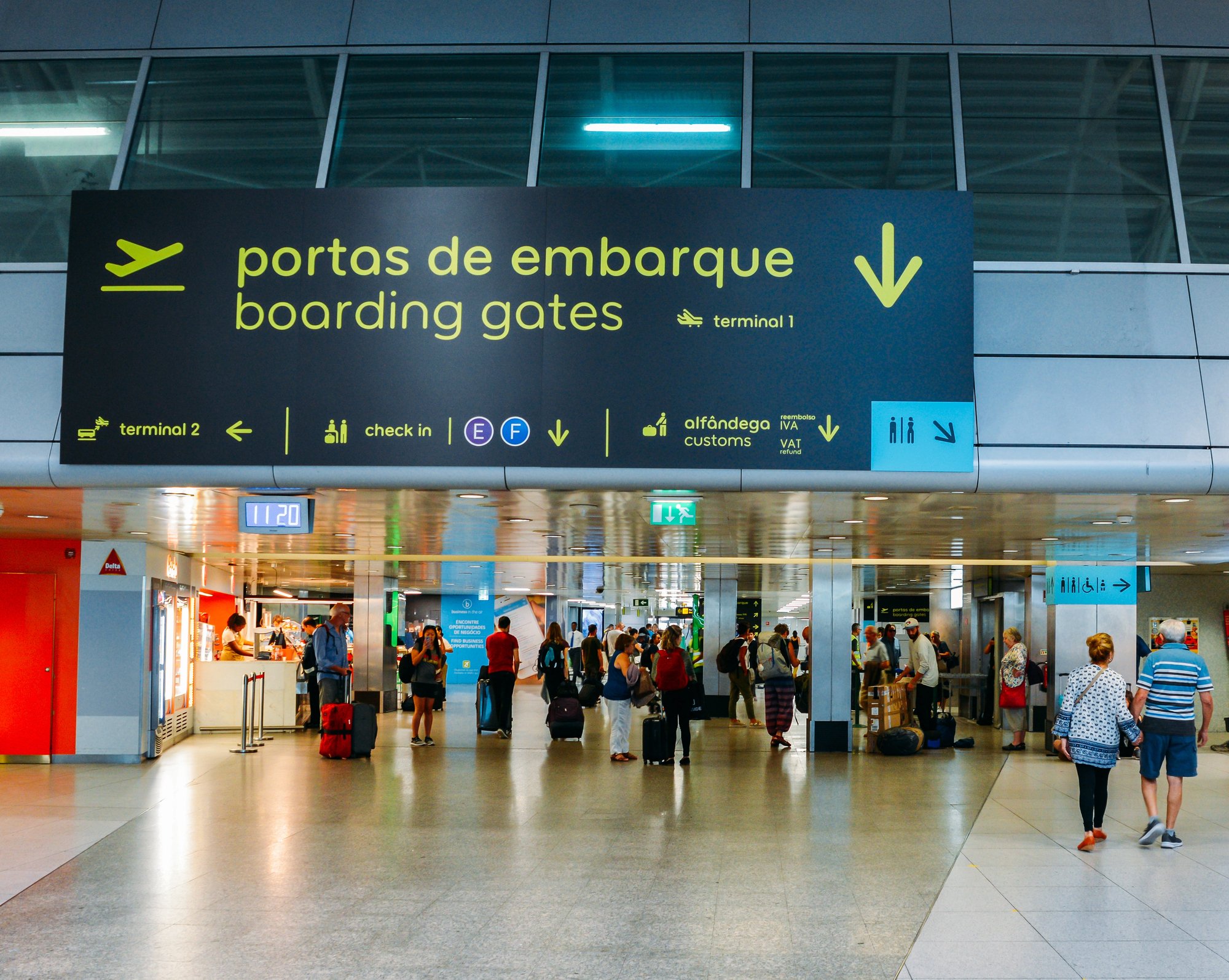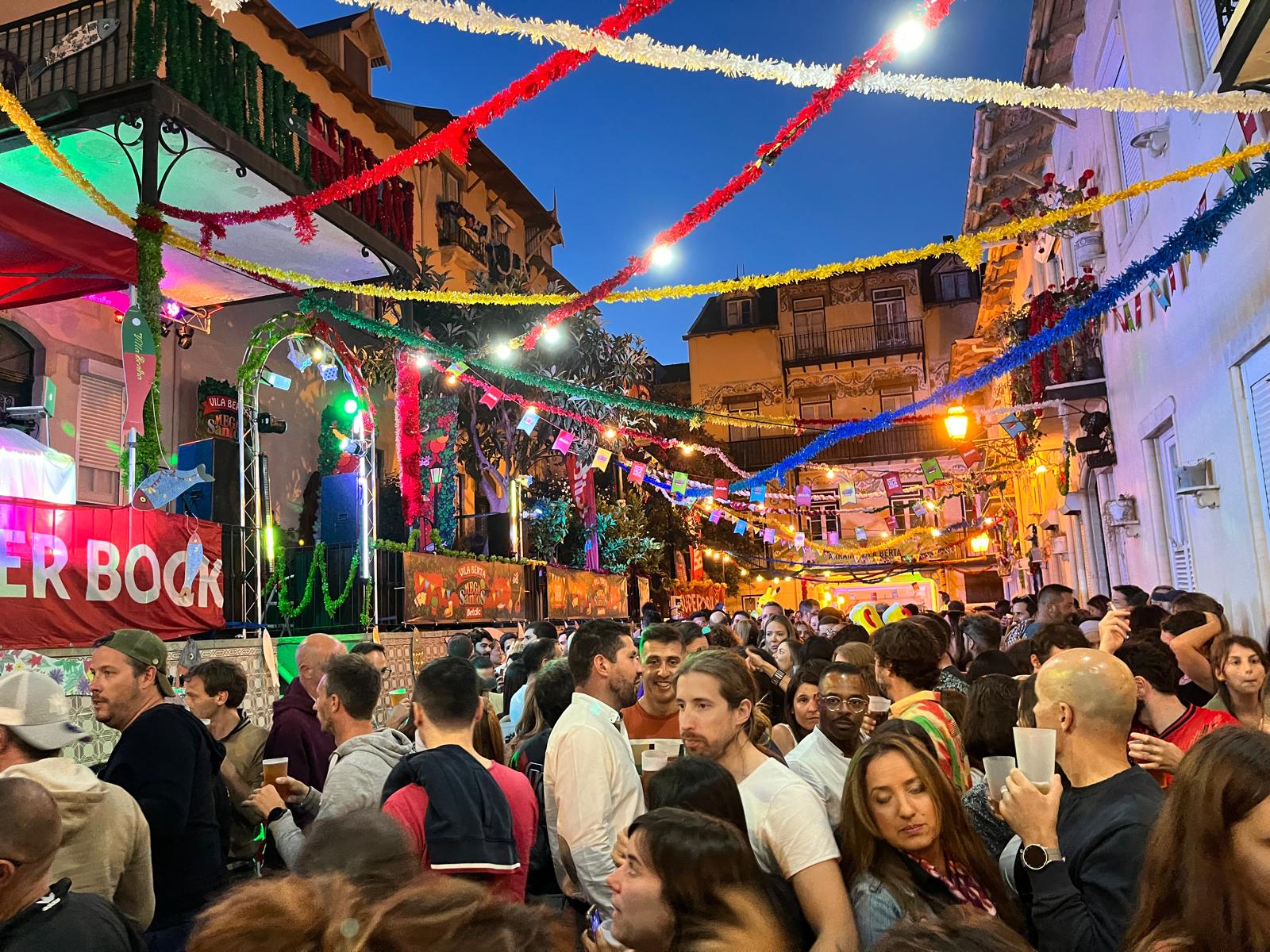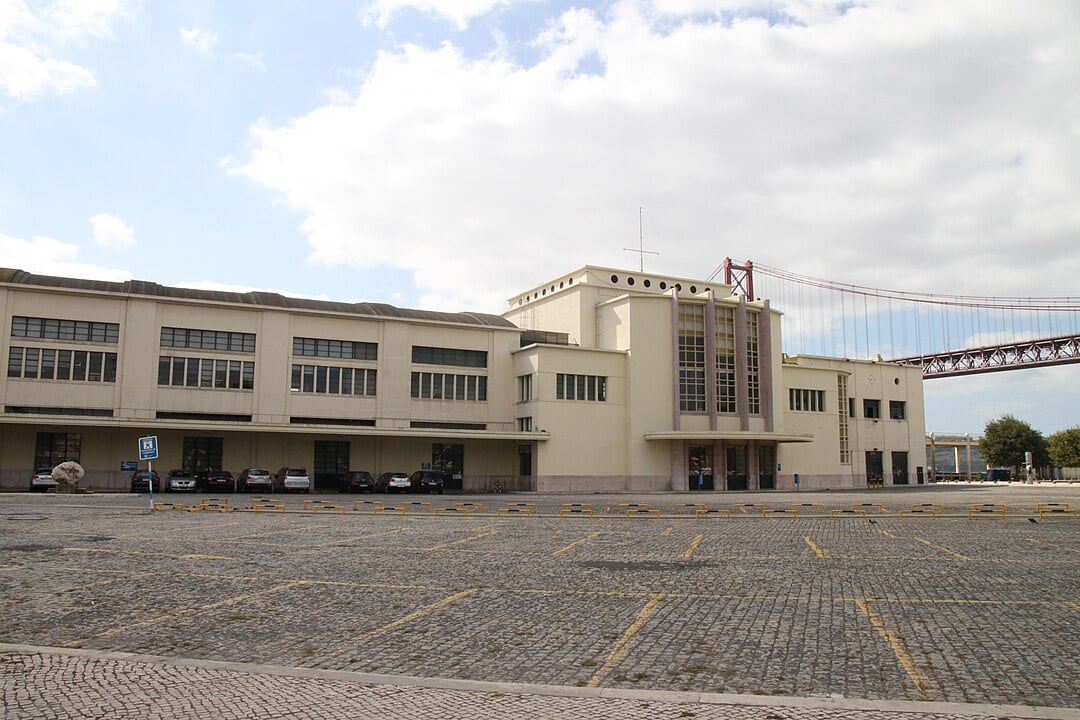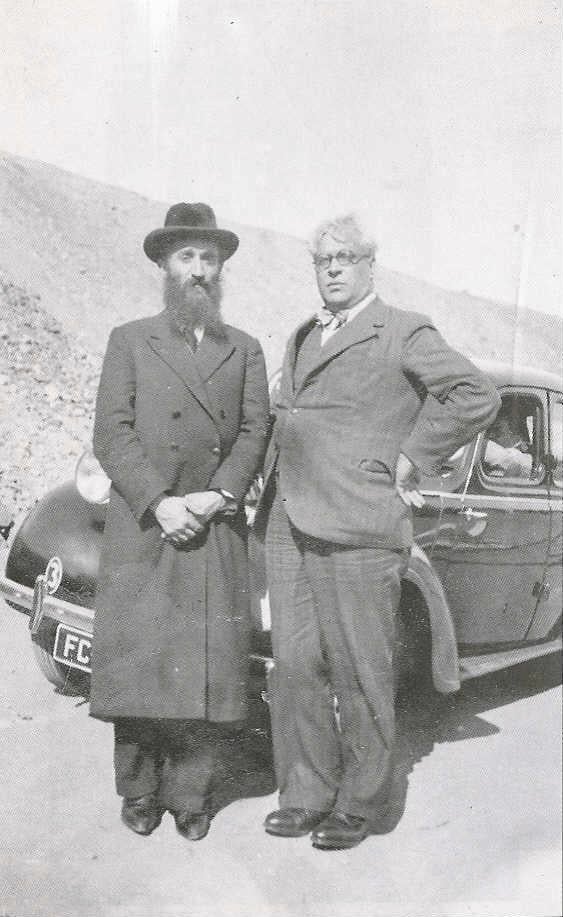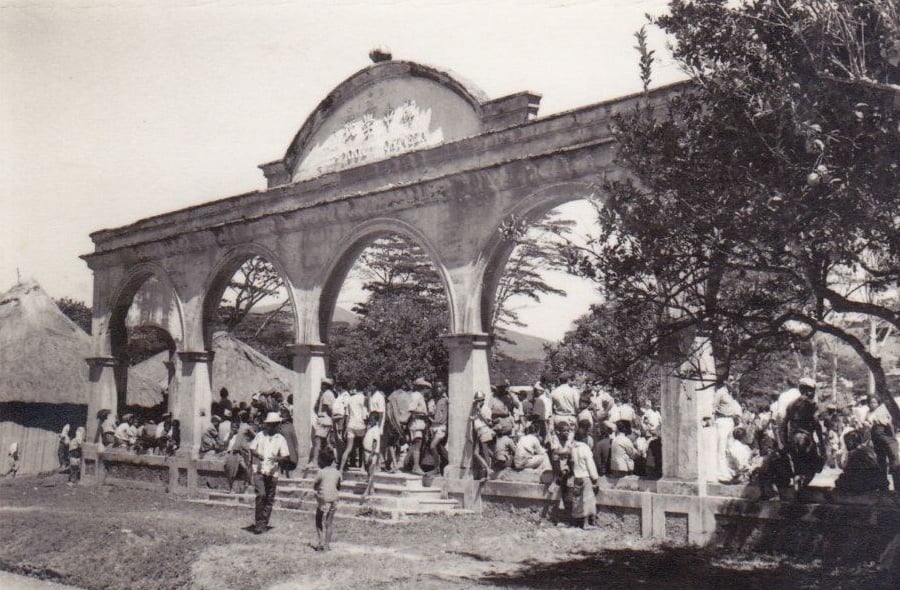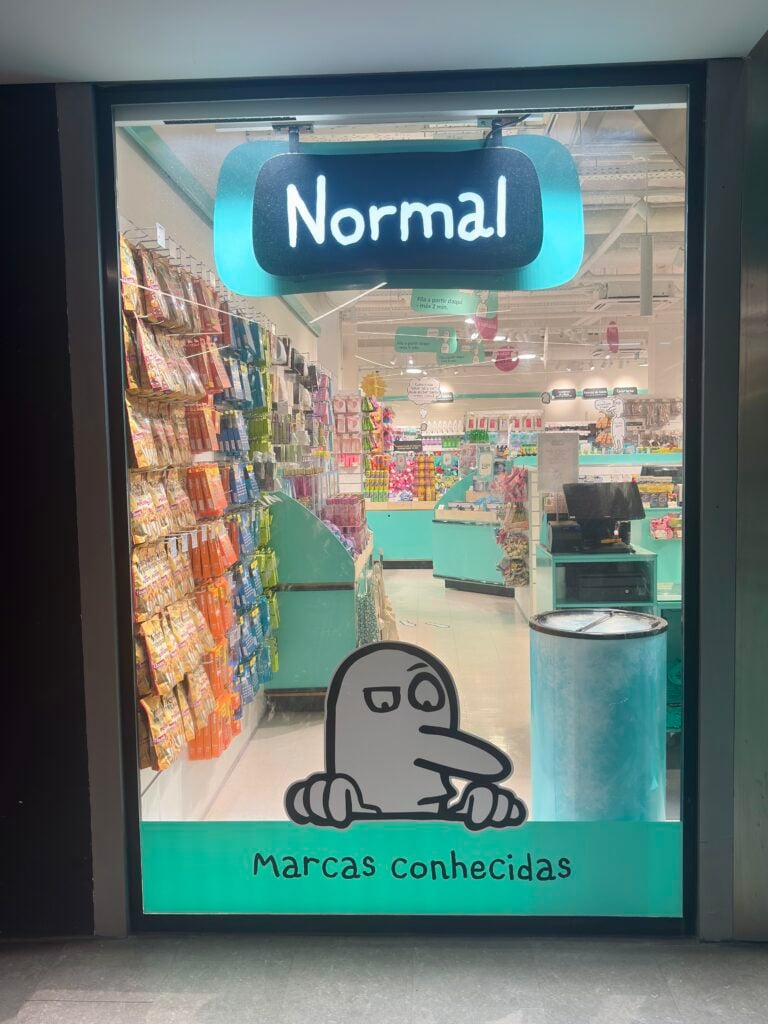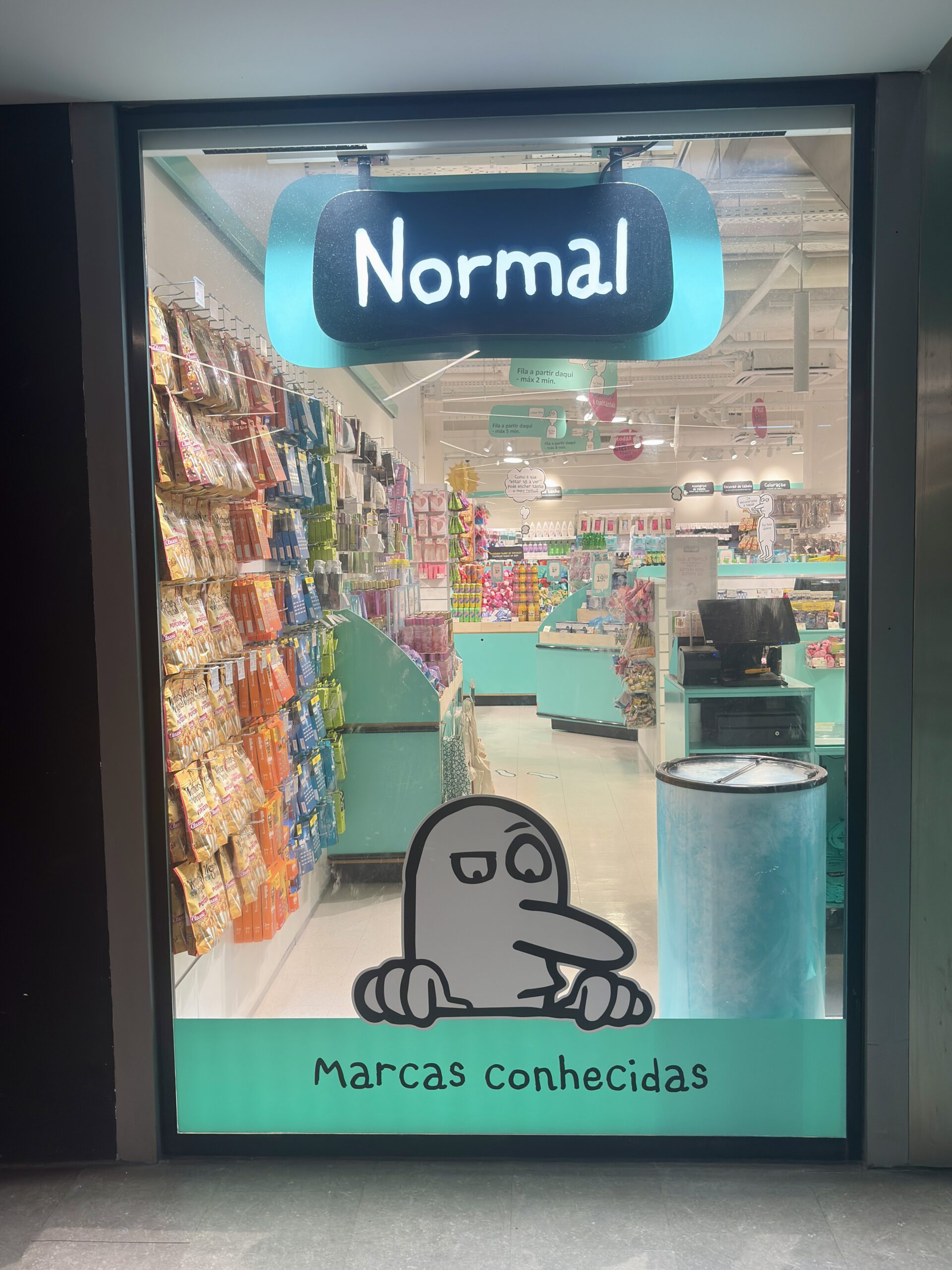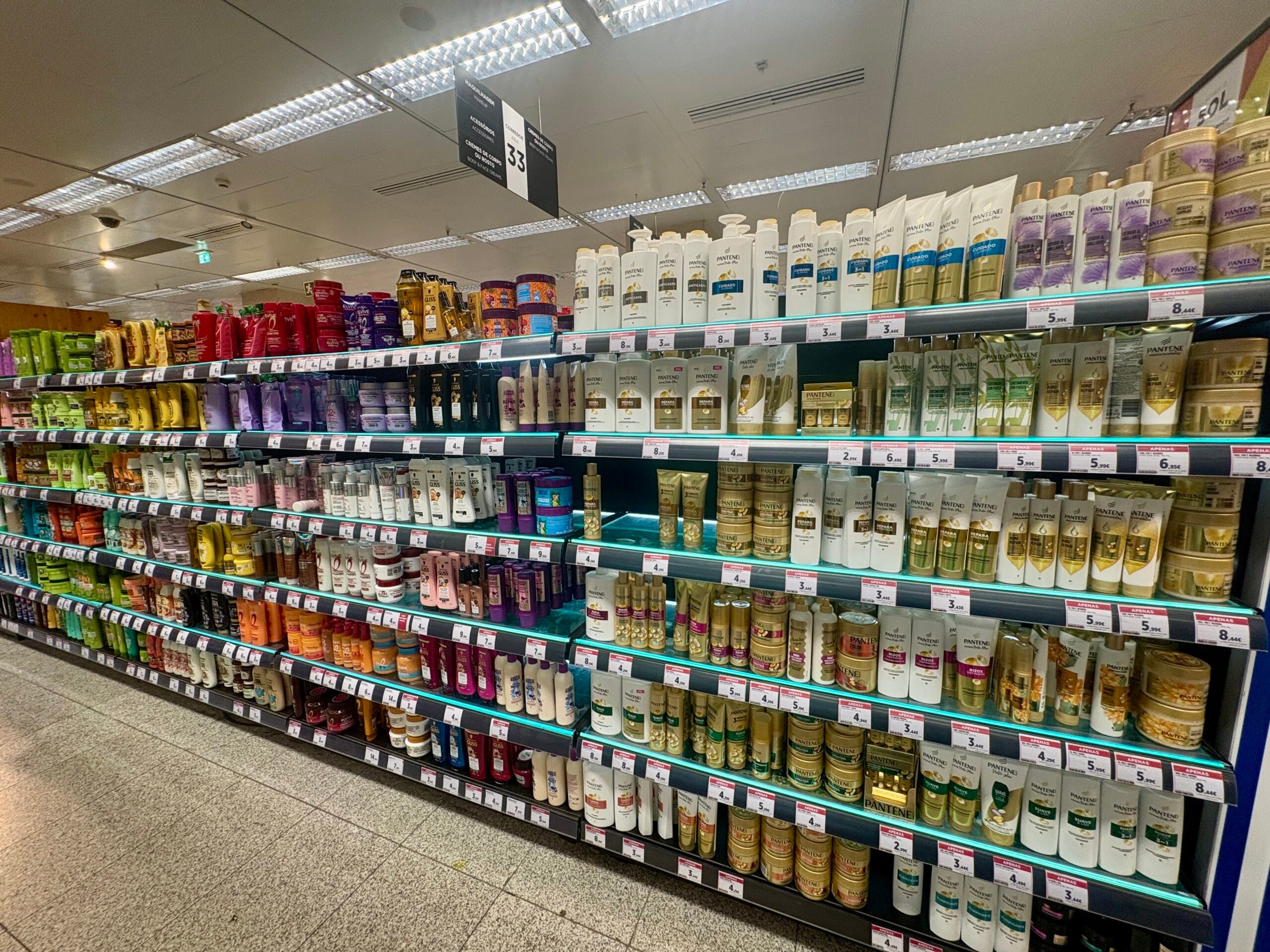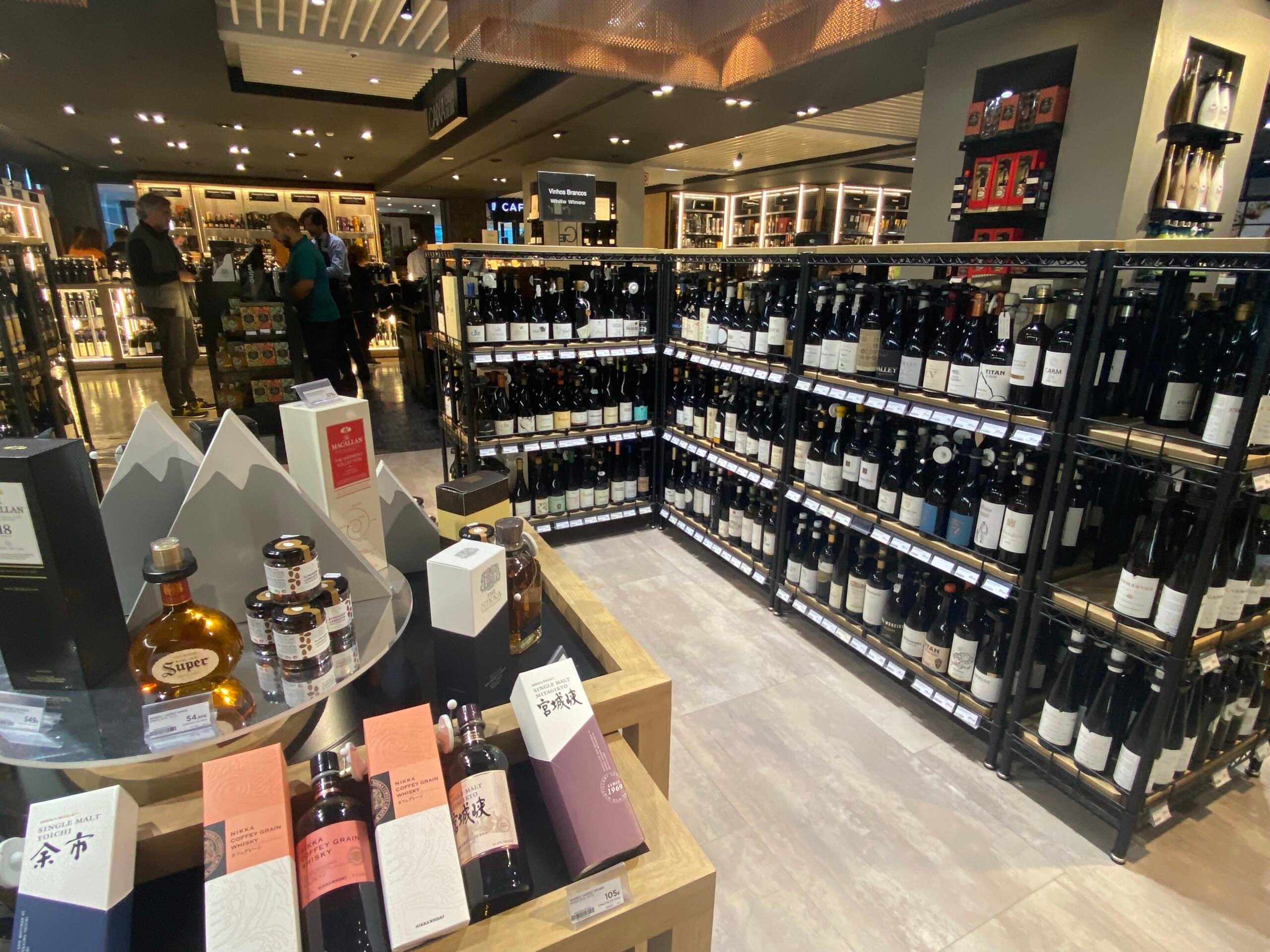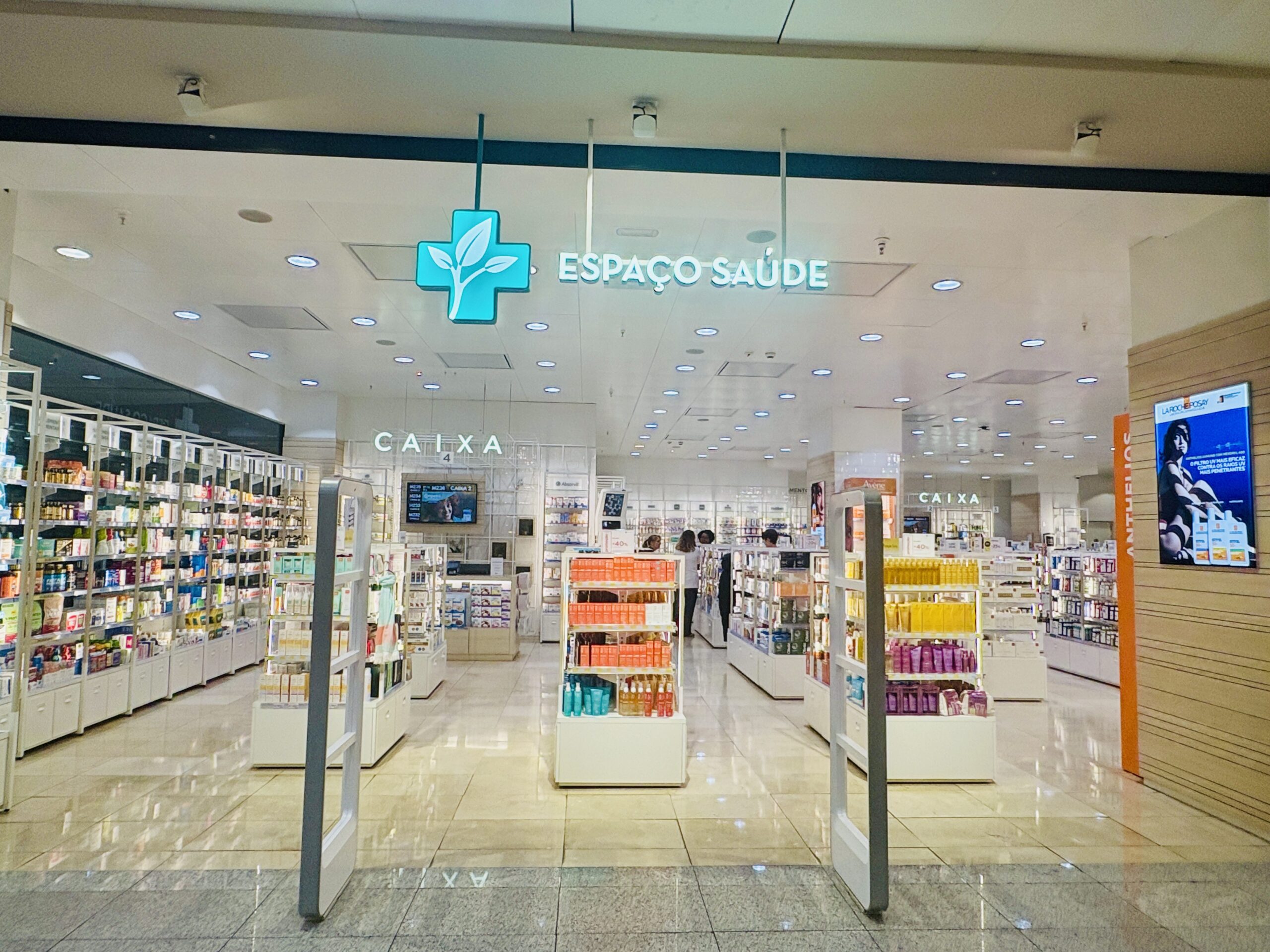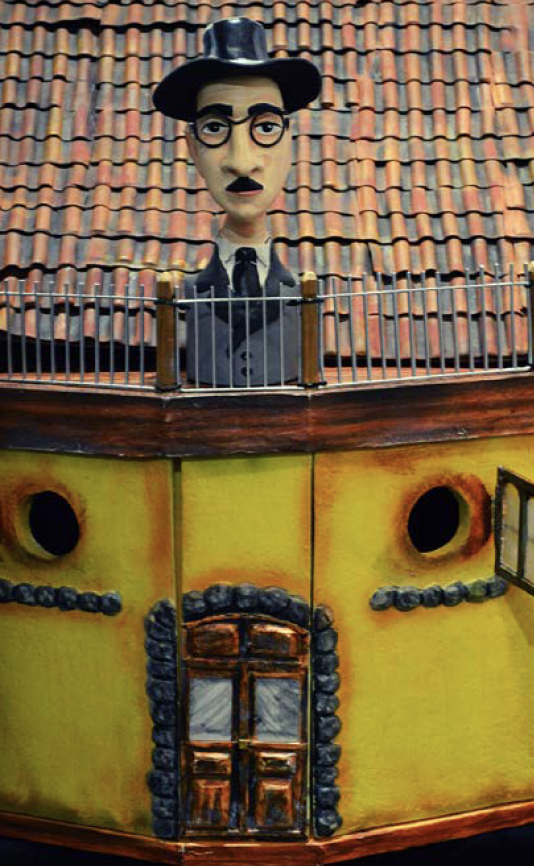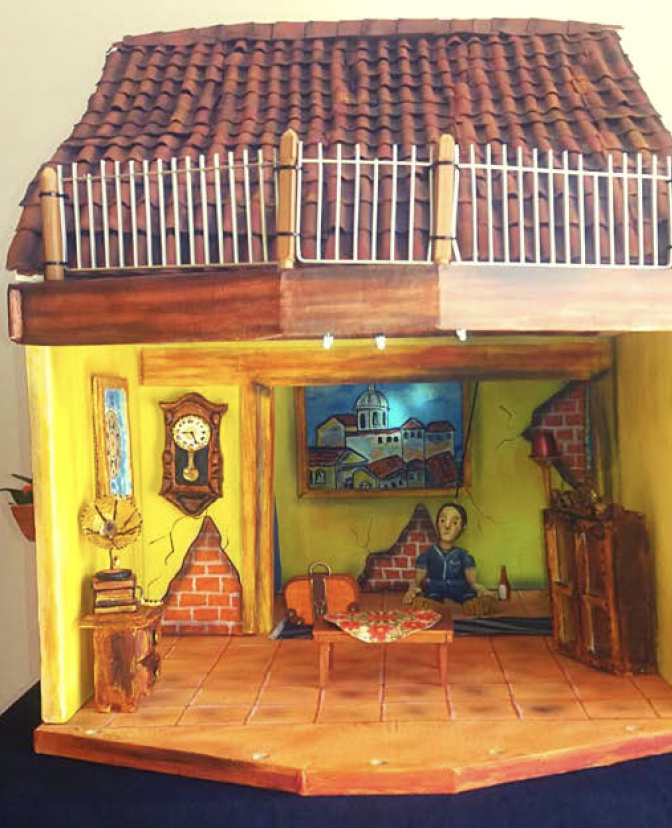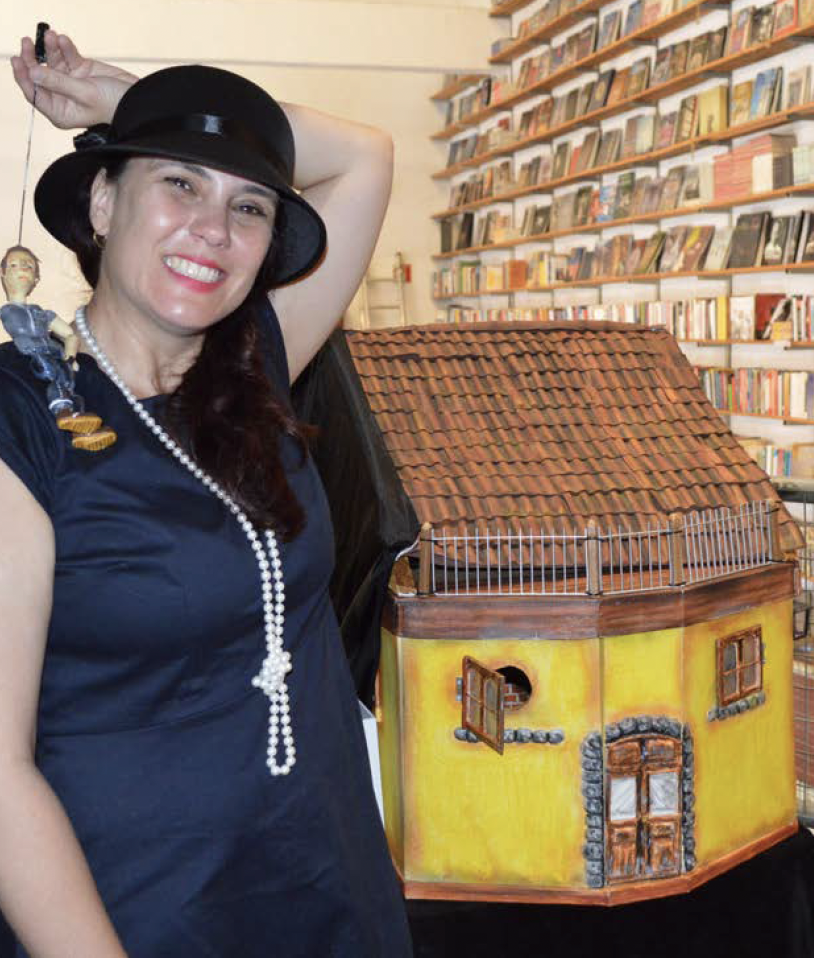If you’ve spent any time in Portugal, you’ve probably met a lot of Joãos: João Pedro, João Tiago, João Paulo, etc. As you stay longer in the country, you will notice that it is the same for women: with Inês, Maria, and Joana being three of the most common. So why does it seem like so many Portuguese people have the same name? Once you hear the answer, it all starts to make sense.
Portugal actually regulates baby names more than many countries do and has long-standing rules about what you can call a child, how many names you can put together, and even how and when you register the name. Although this list is 88 pages long, it is not the ultimate authority and does not include everything. You should always check with the local notary in case the name you wish to give your child is not on the list.
Below is a friendly guide to how it all works today, what happens if you want something unusual, and the most popular names in the country right now. (Yes, Maria was still the queen in 2024.)
The Official List of Portuguese Baby Names
Portugal maintains an official, searchable list of permitted given names (prenomes) and publishes rules for creating a person’s full name. The idea is to keep names compatible with Portuguese language and customs (think spelling, pronunciation, and gender clarity) while still allowing space for tradition and family heritage. While this used to be the case, now you can technically name your child with any name that a Portuguese citizen has (regardless if they were born in Portugal), as you can see from the list. In practice, this means the following:
- Given names should be Portuguese or adapted to Portuguese spelling and pronunciation; they should not create doubt about the child’s sex.
- Some foreign names are allowed as-is (no adaptation) when there’s a foreign tie: if the child was born abroad, has another nationality in addition to Portuguese, or if one parent is foreign/has another nationality.
- A full legal name can contain up to six words: a maximum of two given names (first name and what English speakers might think of as a middle name) and up to four surnames. Little connectors such as de, da, do, and e don’t count toward the total. Composite names like São-José or Corte-Real count as a single word.
Portugal has regulated names for over a century with rules evolving along with language reforms and social change. The legal framework has consistently aimed to protect linguistic clarity and avoid names deemed inappropriate or confusing, while gradually opening to foreign forms for families with international ties.
First Names
Because Portuguese is a gendered language, your child’s given name must clearly indicate their sex. No unisex names are permitted. The spelling must match Portuguese orthography, and foreign names can be adapted for both pronunciation and spelling to fit the language. If there’s a qualifying international connection (birth abroad, another nationality, or a foreign parent), the original form can be kept. For example, before it was added to the list of official names due to a precedent from a foreign-connected child, “Sam” wouldn’t pass because it’s ambiguous, but “Samson” for a boy or “Samantha” for a girl would be approved.
One quirky rule: you can’t give a child the exact same name as a living sibling. The only exception is if the older child has passed away before the birth.
Surnames
Legally, surnames are usually drawn from the parents’ own names, but they can also be taken from grandparents or other ancestors if you can document the family connection. You’re allowed up to four surnames in total, which can be either simple or hyphenated. Words that are normally given names can be used as surnames if they appear in the family’s existing names.
While the law sets the maximum number, it doesn’t dictate the order. Traditionally, many Portuguese families place the mother’s final surname before the father’s final surname, but this is tradition rather than the law. Some families follow a more elaborate ancestral pattern, including all four grandparents’ surnames in a specific order, but again, that’s a cultural habit, not a legal requirement.
If both parents share a surname, you can repeat it or alternate it within the child’s name. And in marriage, spouses can add each other’s surnames, which is the only time someone can legally exceed the four-surname limit.
In daily life, most people use the final one or two surnames, but all the others are still part of the legal name. That’s why “middle name” isn’t really a separate legal field here; the second “first name” (e.g., Maria Inês, João Pedro) is just part of your given names.
What if I don’t want a name from “the list”?
If your chosen name isn’t on the list, the registrar (conservador) will review it against the rules: Is it in Portuguese or suitably adapted? Does it indicate gender? Is the spelling correct? For families with a foreign connection, exceptions are often possible. Without that link, the registrar can reject names that don’t fit the guidelines.
The rules apply to anyone registering a birth in Portugal, but families with qualifying foreign ties can often bypass some of the restrictions.
The 5 most popular baby names in Portugal (2024)
The most recent 2024 data available show Maria and Francisco as the top female and male names, respectively. Here are the top five for each:
Girls (2024)
- Maria
- Alice
- Benedita
- Matilde
- Leonor
Boys (2024)
- Francisco
- Lourenço
- Vicente
- Tomás
- João
How and when to register a baby’s name in Portugal
You can register a birth at the hospital or maternity ward at a Nascer Cidadão counter, or online via government services. It’s free. If you don’t register in-hospital, you must do so within 20 days at any civil registry office or online. Along with the registration, you can request the baby’s first Citizen Card (Cartão de Cidadão), which will be mailed to your address.
Are babies born to foreign parents in Portugal automatically citizens?
Not automatically, but there are pathways depending on parental residency. Since 2006, Portugal has had a modified jus soli approach. A child born in Portugal to non-citizen parents can acquire Portuguese citizenship if at least one parent has legally resided in the country for a certain minimum time by the child’s birth.
Under Organic Law 2/2018, the residency requirement was reduced to just 2 years of legal residence for a parent. Many sources continue to cite a 1-year residency rule as of early 2025.
Thus, depending on the interpretation and whether updates are applied immediately, the required parental residency ranges between 1 to 2 years.
Citizenship by declaration (not fully automatic)
A child born in Portugal to foreign parents who meet the residency requirement does not automatically acquire citizenship; instead, citizenship is granted through a formal declaration registered with the civil registry.
Simplified breakdown:
- Automatic at birth → If one parent is a Portuguese citizen.
- Eligible by declaration → If a foreign parent has legally resided in Portugal for enough years (1–2 years) at the time of birth. The child can then be declared Portuguese.
- Stateless children born in Portugal automatically gain citizenship.
Can you legally change your name later?
Yes! Portuguese law allows name changes, but not automatically. You must apply through the civil registry and show a valid reason under Article 104 of the Civil Registry Code. There’s a special, free procedure when the change is connected to a legal change of sex designation.





